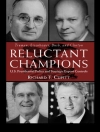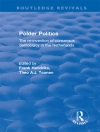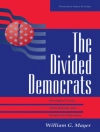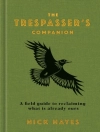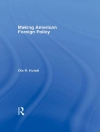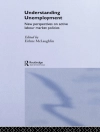The no-fly zone is a frequently used instrument in the US foreign policy arsenal, despite detrimental, or even catastrophic, results. This book examines why the instrument has such a hold on leaders’ imaginations and rhetoric despite its patchy record in practice.
Examining detailed historical case studies from conflicts in Iraq, Bosnia, Kosovo, South Sudan/Darfur, Libya and Syria, the book shows how debates about, and actual use of, no-fly zones in US foreign policy have not been primarily about managing conflict or protecting civilians. Instead, the focus is often on navigating contradictory international and domestic political incentives and constraints, leading to US intervention in an ill-considered and incremental manner.
สารบัญ
Introduction
1. A Neoclassical Realist Theory of Muddled Intervention
2. Bush sr. and the Iraqi No-Fly Zones
3. Bush sr., Clinton and the Bosnian No-Fly Zone
4. Clinton, Bush jr. and Potential No-Fly Zones in Kosovo and Sudan
5. Obama and the Libyan No-Fly Zone
6. A No-Fly Zone for Syria?
7. No-Fly Zones in US Foreign Policy Past, Present and Future
เกี่ยวกับผู้แต่ง
Gustav Meibauer is an Assistant Professor in International Relations at Radboud University Nijmegen.


